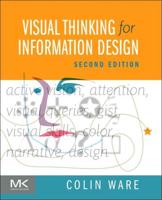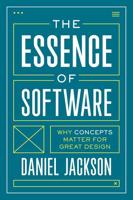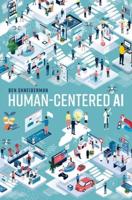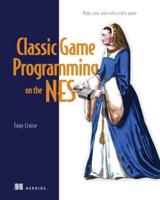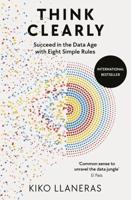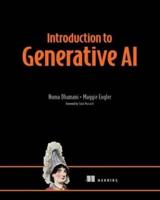Publisher's Synopsis
"AI: The Golden Goose That Hatched the Leaden Dodo" offers a profound exploration of artificial intelligence's fundamental paradox. Drawing on both Mary Shelley's Frankenstein and contemporary AI development, this book reveals how our most sophisticated digital creations remain bound by inherent limitations that no technological advancement can overcome.
The narrative weaves together three distinct threads: the literary parallel of Frankenstein's truly conscious creation, the mathematical reality of information entropy in computational systems, and the practical limitations of modern AI development. Through the lens of a pivotal corporate meeting at Grimes & Grimes AI, where philosopher Dr. Houzelman challenges industry assumptions, the book examines why AI systems - despite their remarkable capabilities - remain sophisticated pattern recognition engines rather than conscious entities. From the evolution of computing to the latest developments in quantum systems, the book demonstrates how the fundamental nature of computation creates unavoidable constraints on AI capabilities. It explores how information degradation, pattern recognition boundaries, and the inability to make genuine cognitive leaps shape the reality of what AI can and cannot achieve. These limitations manifest across all AI applications, from language models to computer vision systems, revealing fundamental constraints that arise from the nature of computation itself. The book carefully examines key technical concepts such as logarithmic entropy in AI models, demonstrating how information inevitably degrades as it moves through digital systems. This mathematical reality sets fundamental limits on what AI can achieve, regardless of advances in computing power or architectural design. Through clear examples and careful analysis, readers will understand why adding more computing power or training data eventually yields diminishing returns. Yet this is not a pessimistic narrative. Instead, it argues that understanding these limitations is crucial for realizing AI's true potential as a complement to human intelligence. The book offers a comprehensive framework for AI development that embraces these constraints while maximizing the technology's practical value across industries. It shows how acknowledging AI's fundamental nature as a pattern recognition engine can lead to more effective system design, better human-AI collaboration, and more realistic expectations for AI capabilities. The book also addresses crucial ethical and policy implications. By understanding AI's inherent limitations, we can better navigate concerns about artificial general intelligence while focusing on practical challenges in AI deployment and regulation. This understanding helps shape more effective policies that promote beneficial AI development while protecting against potential misuse. Essential reading for AI developers, business leaders, and policymakers, this book provides a clear-eyed perspective on artificial intelligence that moves beyond both dystopian fears and utopian dreams to reveal a path forward for practical, ethical AI development. It shows why AI remains a golden goose of technological innovation, even as its creations are inevitably bound by the laws of computation and information theory. Through careful analysis and compelling examples, readers will gain a deep understanding of why AI systems, while incredibly powerful within their domains, remain fundamentally different from human consciousness. This insight is crucial for anyone involved in developing, deploying, or regulating AI technology, as well as for those seeking to understand the true nature and potential of artificial intelligence in our rapidly evolving technological landscape.
